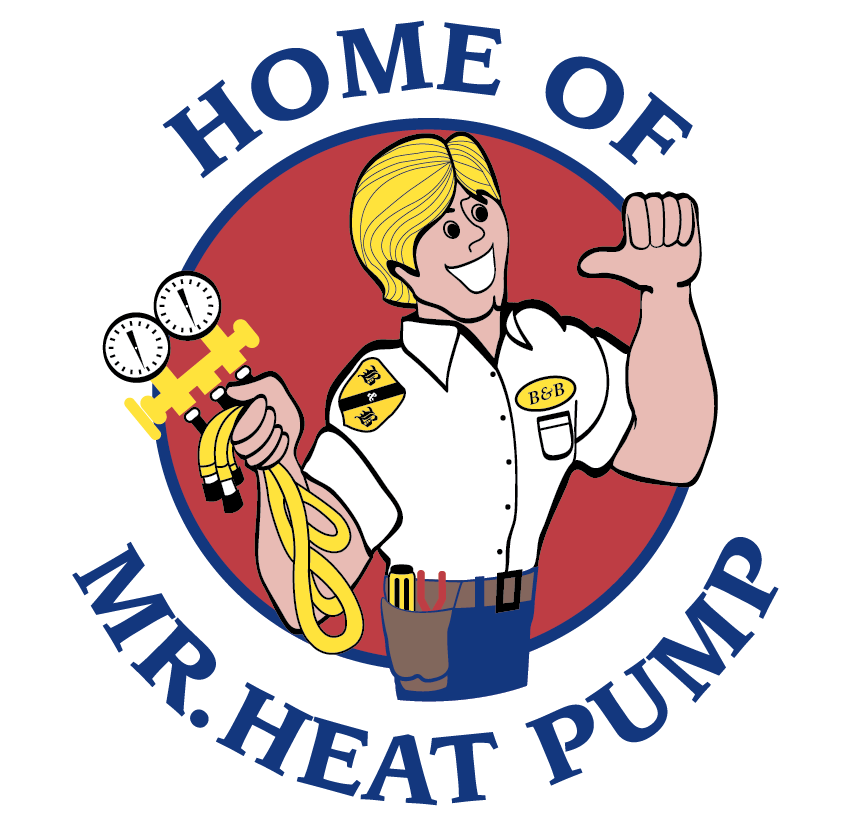When you’re planning for a new AC installation in Rockville, MD, you’ll have many bits of data to sort through. For example, the cooling capacity of the system (the amount of heat it can remove from a house in an hour) is a critical piece of information. Our technicians will help you locate the ideal capacity for your AC, since this has to be exact—too little or too much are both problems.
The other important AC stat you’ll look at is efficiency, or how well the AC uses electrical power to cool your house. Modern air conditioners are more efficient than ever before, and choosing a high-efficiency system can mean savings on your energy bills.
Below we’ll go over what you need to know about air conditioner efficiency ratings.
EER (Energy Efficiency Ratio)
EER is a ratio of the amount of heat an AC removes from a house (in BTUs) compared to the electricity consumed (in watt-hours). The higher the EER, the more efficient the system. To measure EER, an air conditioning unit is tested under a specific set of conditions. For example, the AC is tested in 95°F heat.
Currently, the EER requirement for an air conditioning system to earn the ENERGY STAR label is 12.5 or higher.
SEER (Seasonal Energy Efficiency Ratio)
As you can probably tell from the name, SEER is similar to EER. The ratio is the same: the amount of heat removed to the electricity consumed. The difference is how SEER is measured. Rather than a single test under one set of conditions, the air conditioner is tested under a range of temperatures and humidity levels to simulate using the system throughout a summer. Think of EER as a snapshot of how the AC will perform during the peak of summer, while SEER is an average of how it will perform throughout summer.
Currently, the SEER requirement for an air conditioning system to earn the ENERGY STAR label is 15 or higher.
What’s HSPF?
If you’re looking at heat pumps along with air conditioning systems, you’ll notice heat pumps also use the EER and SEER. They mean the same on a heat pump as on an AC. You’ll see another rating as well, HSPF. What does that mean? It stands for Heating Seasonal Performance Factor, and it’s the efficiency rating of the heat pump when it’s in heating mode. The measurement is the exact same as SEER, except it measures how many units of heat the heat pump brings into the house. HSPF is always lower than EER and SEER.
The current ENERGY STAR minimum for HSPF is 8.2.
What’s a Good Efficiency Rating for You?
This depends. The higher the efficiency rating, the more expensive the air conditioner. High-efficiency ratings are not a guarantee of savings either—if the system isn’t right for your house, it will still waste power no matter what the efficiency rating.
The best way to find the right AC with the performance and energy efficiency for your needs is to work with our experts.
Rely on B&B Air Conditioning & Heating Service for all your HVAC needs in Maryland, Virginia, and Washington, D.C. We are always there when you need us.



